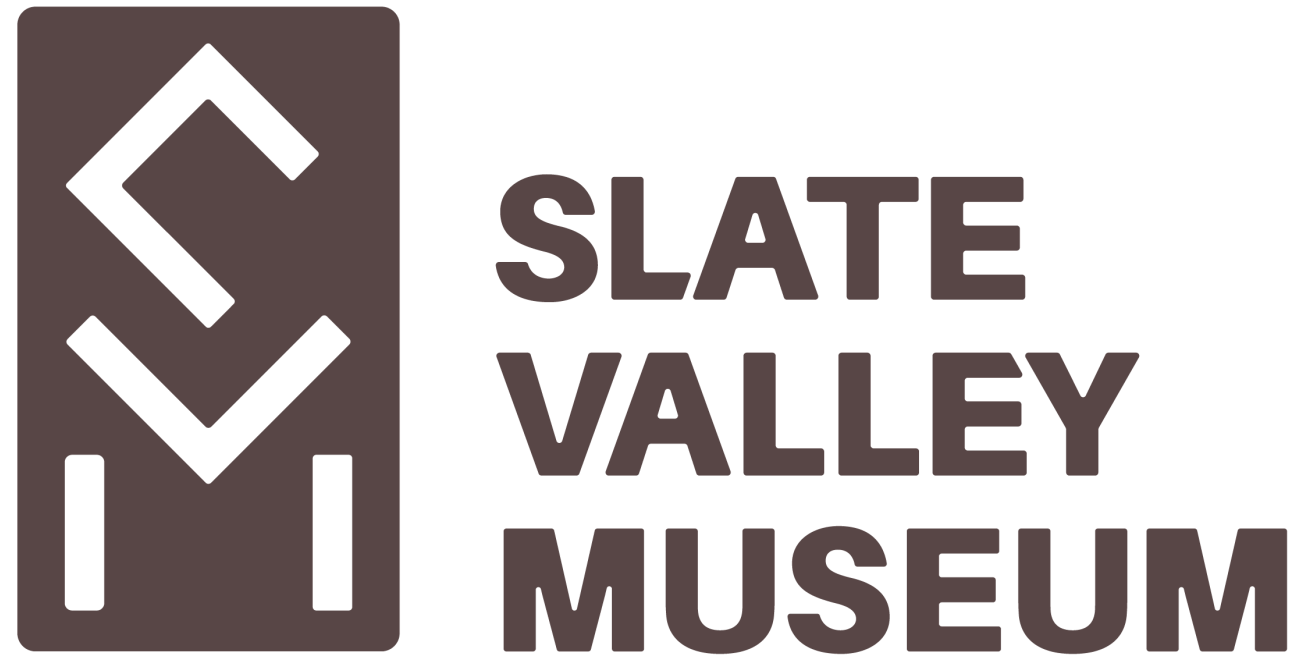Slate Valley Ties to Big City Movements
The beginnings of influential architecture during the Gilded Age (1870s-1900) can be seen through the examples of several slate industry investors, particularly Jay Gould. After the economic Panic of 1857 Gould started to establish himself in the Slate Valley through his investments in both the Rutland and Washington Railroad and the Granville Slate Company. For a period following the Civil War, he and his growing family were residents of Middle Granville, perhaps living in proximity to the Gould Row Houses that were constructed for the employees of his slate enterprise.
By 1870, Gould purchased his first Fifth Avenue mansion in New York City. Twelve years later he moved across the street to 579 Fifth Avenue and lived part-time at a summer country estate, Lyndhurst, in Tarrytown, NY.
As families of wealth were establishing their homes along Fifth Avenue and other locations throughout the country, the Mansard roof style became an architectural boom for the slate industry.
In the summer of 1884, Gould took respite from the bustling world of Wall Street and atop his perch of influence on the Blaine campaign for President of the United States to have a registered stay at the Lake St. Catherine Hotel just miles away from Middle Granville. One of his former slate industry competitors, Penrhyn Slate Company, was further establishing its architectural status at that time.
The investment by the Williams and Guion families in the slate enterprise was connected to the Black Star Line ships that brought immigrants to the United States since 1848. The toils and efforts in quarrying started in 1856 by Eleazer Jones, the Welsh born immigration agent based in Liverpool; along with his brother, William, he would take the journey to America and settle in Middle Granville. Eleazer would die in 1873 with none of his three sons interested in the slate industry; however, the strength of the Penrhyn Slate Company would continue and was enhanced by the architectural styles of the time and the wealth along the streets of many cities.
Previous Panel... Architecture & Grandeur
Next Panel... New York, Public Art, & City Beautiful

